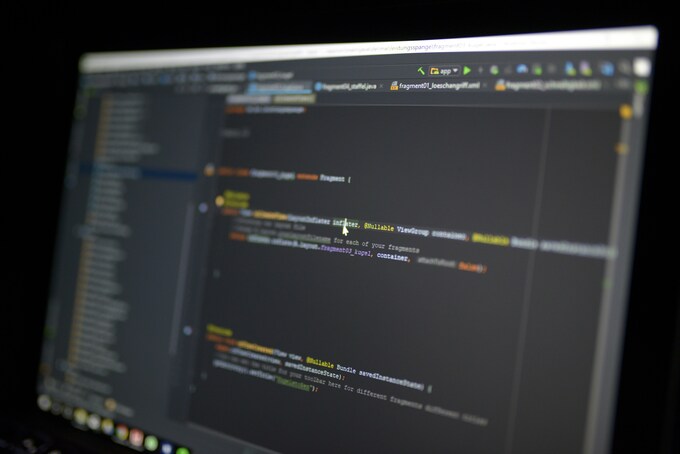
Welcome to the world of Laravel, where elegant code meets robust security measures. In today’s digital landscape, protecting your web applications is non-negotiable. That’s why monitoring and logging play a crucial role in fortifying the defense mechanisms of your Laravel application. Let’s dive into how these practices can elevate the security posture of your platform and empower you to stay one step ahead of potential threats.
The Importance of Monitoring and Logging in Web Applications
In the world of web applications, security is paramount. The importance of monitoring and logging cannot be overstated. By keeping a close eye on your application’s activity, you can detect any suspicious behavior in real-time. Logging allows you to track every action taken within your application, providing valuable insight into potential security threats.
Monitoring and logging go hand in hand when it comes to safeguarding your web application against cyber attacks. They act as your eyes and ears, alerting you to any anomalies that may indicate a breach or unauthorized access. Without proper monitoring and logging mechanisms in place, you risk leaving your application vulnerable to malicious activities.
In today’s digital landscape, where data breaches are becoming increasingly common, investing in robust monitoring and logging solutions is not just recommended – it’s essential for protecting sensitive information and maintaining user trust.
How Monitoring and Logging Can Improve the Security of Your Laravel Application
Monitoring and logging play a crucial role in enhancing the security of your Laravel application. By keeping a close eye on system activities, you can detect any unusual behavior or potential security threats promptly. This proactive approach enables you to address vulnerabilities before they escalate into major issues.
Logging allows you to track user actions, errors, and system events, providing valuable insights into the health of your application. With detailed logs at your disposal, you can quickly identify and investigate suspicious activities or unauthorized access attempts.
Monitoring key metrics such as server performance, traffic patterns, and login attempts helps in identifying anomalies that could indicate a security breach. By setting up alerts for unusual spikes or deviations from normal behavior, you can take immediate action to mitigate risks and protect your application from cyber threats.
Incorporating robust monitoring and logging practices into your Laravel application not only strengthens its overall security posture but also instills confidence in users regarding the safety of their data and transactions.
Key Metrics to Monitor for Security Purposes
When it comes to monitoring the security of your Laravel application, keeping an eye on key metrics is crucial. One essential metric to monitor is the number of failed login attempts. This can help detect potential brute force attacks or unauthorized access attempts.
Monitoring server performance metrics like CPU usage, memory usage, and network traffic can also provide insights into any abnormal activities that may indicate a security breach. Additionally, tracking user activity logs can help identify suspicious behavior such as multiple login attempts from different locations in a short period.
Keeping an eye on file integrity by monitoring changes to critical files can alert you to any unauthorized modifications or tampering. Regularly checking for software vulnerabilities and ensuring timely updates are essential in maintaining a secure Laravel application environment.
Best Practices for Setting up Monitoring and Logging in Laravel
Setting up monitoring and logging in Laravel is crucial for maintaining the security of your web application. Start by leveraging Laravel’s built-in logging functionality to track important events and errors. Utilize tools like Monolog to customize log handling based on your specific needs.
Consider implementing real-time monitoring solutions like Laravel Telescope or third-party services such as Bugsnag or Sentry. These tools offer valuable insights into application performance and potential security threats.
Configure alerts and notifications to stay informed about any suspicious activities or anomalies in your system. Regularly review logs to identify patterns, detect vulnerabilities, and proactively address security issues.
Implement a robust backup strategy for log files to ensure data integrity and compliance with industry regulations. Document your monitoring processes and keep them updated for future reference and continuous improvement.
By following these best practices, you can enhance the security posture of your Laravel application while maintaining visibility into its overall health.
Prioritizing Security with Proper Monitoring and Logging in Laravel
Prioritizing security with proper monitoring and logging in Laravel is crucial for protecting your web application from potential threats. By implementing robust monitoring tools and comprehensive logging mechanisms, you can proactively detect and respond to security incidents before they escalate. Remember, the safety of your application and user data should always be a top priority. Stay vigilant, stay secure!